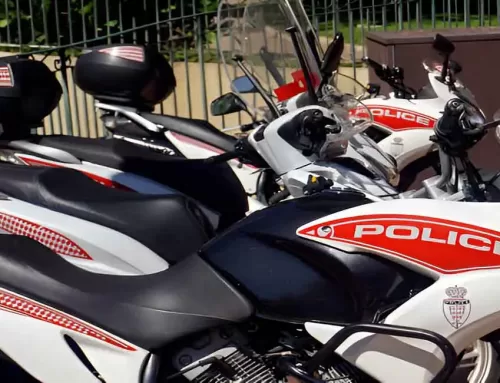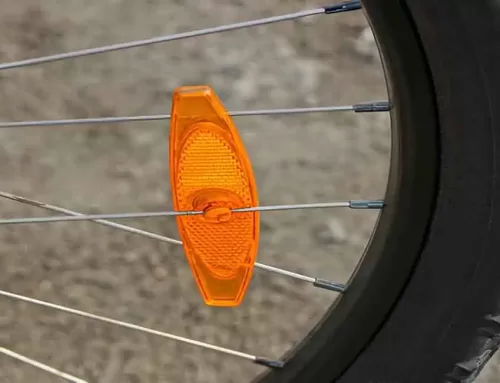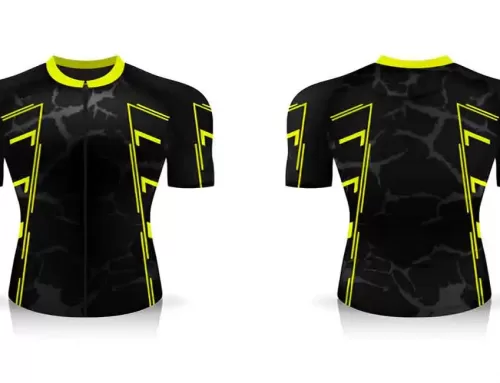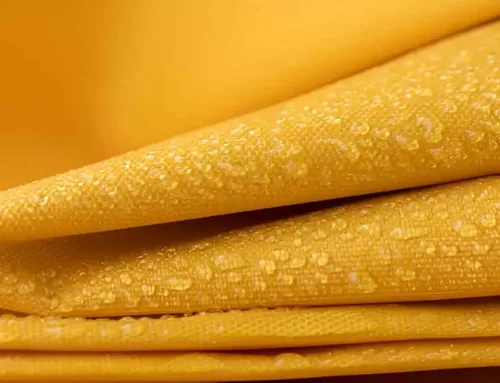What Are Safety Vests Made Of?
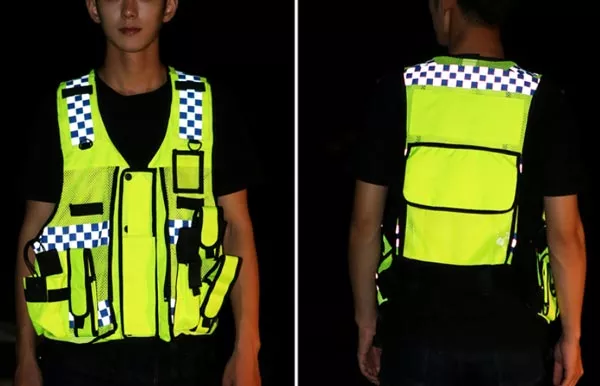
You’ve probably been asked, “What are safety vests made of?” But what exactly is the material in them? Read on to learn about Reflective fabric, Background material, colors, and sizes. You can use this information to choose the best safety vest for your worksite. Whether you need reflective fabric for visibility or a reflective background for a safer work environment, safety vests are an essential part of any workplace.
Reflective fabric
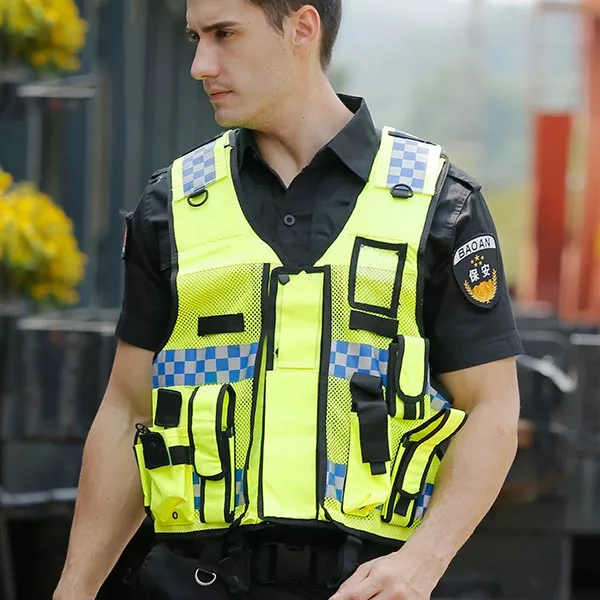
Safety vests are generally made from reflective fabric that helps people be seen easily during the night. Reflective clothing consists of a base cloth and glue and thousands of small, highly-refractive glass beads. These beads reflect light and bounce it back to the source. Reflective clothing, such as vests and safety shoes, is a very good way to be seen by drivers. It also makes people look brighter when they are working in dim or overcast environments.
These vests are typically made of polyester or a blend of polyester and mesh. These are often made of high-visibility orange or yellow reflective material, and are made with a rugged zipper front closure. Many of these vests feature a padded neck, which is very comfortable to wear for long periods of time. They also feature a large, zippered pocket on the left chest with a dual-function flap, as well as two lower front pockets with flaps. These vests are also often worn by volunteers, night-hikers, engineers, and security personnel.
XW Reflective, which produces reflective material, marks its reflective fabric with a watermark and a series number. This reflective material is virtually identical to XW Reflective’s Silver Transfer Film. To make sure that you’re getting the best reflective material, look for a company that offers certificates. There are even some reflective shirts that don’t require any special adhesives or labels – just heat applied.
A Dib class two zip front safety vest is made of a durable polyester mesh material. It provides 360 degrees of protection. It also has a built-in access point and is lightweight. These vests are designed to stay put even when you’re working in hot environments. Another great feature of the Safety Vest is its reflective piping. The reflective fabric on these vests makes them highly visible in the sunlight.
Background material
While choosing the appropriate safety vests for your workers, consider the background material. Reflective materials such as glass bead, silver reflective tape, or fluorescent material can be reflective at night or during low-light conditions. These materials pass stringent tests for photometric performance and durability after abrasion. A safety vest’s striping should match the material’s background. These materials are also often tear-resistant and will ensure that workers can be easily identified.
ANSI standards
ANSI standards call for a high-visibility safety vest to contain two kinds of material. These materials are known as background material and retroreflective material. The fluorescent material is highly visible during the day, while retroreflective striping provides better visibility at night. Although both materials are highly visible, each has its own benefits and drawbacks. For example, fluorescent material is highly visible at night, while retroreflective material performs differently during the day.
ANSI standards require high-visibility safety vests to have retroreflective strips and background material. These safety apparels must include at least 310 square inches of high-visibility background material. However, this number may vary based on the environment. You should also look for safety vests that have a minimum surface area of fluorescent material. Fortunately, there are many places to buy high-visibility safety vests, pants, and other protective apparel. Hi-Viz is a good source of high-visibility clothing, and they also offer custom-made options.
CSA Z96-15 (R2020)
CSA Z96-15 (R2020) specifies the colour and pattern of the stripes and bands on the vest. For example, class 2 apparel must have at least 210 square inches of fluorescent background material. For class two and class three apparel, it should have at least 155 square inches of reflective material. For class 1 safety vests, the reflective material should be bright yellow or orange with a 360 degree stripe around the chest. The stripe should be at least one inch wide.
Nylon or polyester
Whether you are purchasing a safety vest for a large business or personal use, you’ll need to know the material it’s made of. Some safety vests are made from Polyethylene, while others are made of nylon or polyester. Some are also made with thermal insulation materials. These materials are all safe to wear in a variety of conditions, such as around a welding torch or a hot oven.
Machine-washable material
When selecting a safety vest for a specific job, make sure the vest is machine-washable. Many safety vests can be machine-washed, but there are limits. Check the label and follow instructions carefully. It will also tell you how many times you can wash the vest before it loses its reflective striping. This information is important, so that you can choose your washing cycle properly. The more washing cycles you complete, the better.
Sizes
When buying a safety vest, you will need to determine the size you need. You can also purchase a medium-sized vest if you are thin. One-size safety vests may be uncomfortable, especially if you wear a small or medium-sized t-shirt. The reason for this is that safety vests are worn over t-shirts, and one size may not fit perfectly. Fortunately, there are options for different body types, including men and women, so you won’t have to deal with uncomfortable sizing.
Colors
There are a number of different colors for safety vests, and these vary depending on the job at hand. Some are fluorescent, while others are more subdued. Safety vests come in two different types, Class I and Class II. The former are usually thicker and more visible, and are typically worn by people in high-risk environments. They also come in a variety of different styles and are imprinted with the name of the company or department that the wearer is associated with.
Some companies choose specific colors for their teams. This helps them know their responsibilities and where to find help. The other option is to design safety vests with your company’s logo and branding. The choice is up to you, but there are some general guidelines to follow. While safety vests are not mandatory, they are an excellent investment. If you’re planning to wear your safety vests in public, be sure to ask your supervisor about the color code before ordering.
Brand identity
There are a few things you need to consider before creating your brand identity for safety vests. While you may not want your logo to cover all the vest, you should make sure it is legible on the front, back, and chest. Choosing a large logo for the back of the vest is a bad idea; it will look unprofessional, and it will violate ANSI guidelines. You can choose a smaller logo for the chest. When choosing a logo, make sure that it matches the font and size of the rest of the vest’s text. Avoid overly large or small logos; they will be difficult to read and will violate ANSI regulations.
In addition to ensuring worker safety, branding your safety apparel is a smart way to promote your company’s brand. It can enhance your visibility and brand identity at the same time. You can select vests in a variety of colors and add a company logo to your safety apparel. These safety apparel items can be personalized to fit your company’s needs and provide your brand with the visibility it needs to thrive. When worn by employees, your brand will be seen more often, and your logo will be seen by a much larger audience.
The brand identity of safety vests is crucial in many industries. Color-coded vests will help you differentiate between employees in different departments and jobs. This will help you implement a coordinated incident response system for the workplace. Custom safety vests will be a great way to improve the safety at your worksite. The downsides of custom safety vests include fading, unclear print, and lopsided logos. However, Jupmode can assist you in customizing your safety vests.
Choose Right Safety Vest For Your Staff
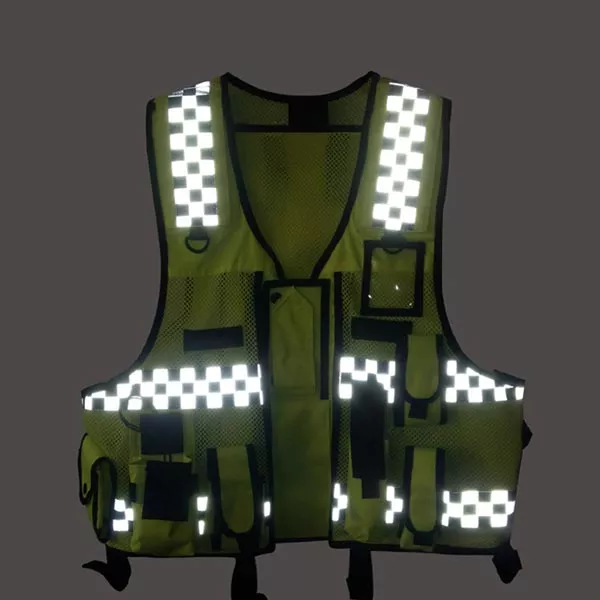
Safety vests should be easily removable when needed. You should choose bright colors that make you easy to see in dark conditions. This way, you won’t lose sight of yourself during an emergency. Additionally, you should look for safety vests that are highly reflective. This will ensure that you can be seen in the dark without difficulty. Safety vests also make it easier for employees to locate each other when tasked with hazardous tasks.
Choose colors that reflect your company’s brand image and values. Some high-visibility vests are made of black material with retro reflective tape in the torso and arm areas. While they don’t provide the highest level of visibility, they’re more stylish than bright orange. High-visibility vests can make your employees more visible in low-light and at night, and this is a great benefit. So consider your options carefully.
For tips to choose suitable safety vest, please turn to article: Tips to choose the right safety vest for your job.
Summary
Reflective safety vests are lifesaving, as they can make workers in hazardous work zones more visible to drivers. You can find these safety vests from trusted brands at XW Reflective’s, and they feature polyester mesh vests with adjustable side straps and hook-and-loop closures. The reflective tape on the chest and back can enhance your visibility, especially for night crews and drivers who use their headlights. Whether you are shopping for safety vests for a small business or an enterprise, be sure to choose the right one for your needs.

